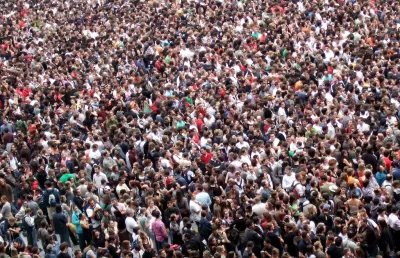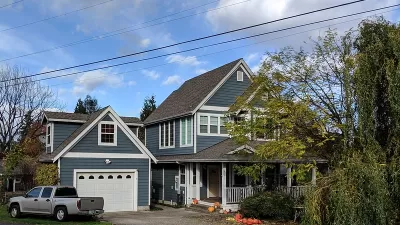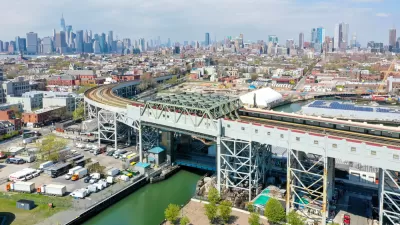Writing for FastCo.Design, Architecture Critic Inga Saffron provides a cautionary tale about density done poorly.

Noting that density has been sold by "the nation's development gurus" as a type of panacea for what ails the world, Inga Saffron describes the potential of contemporary architecture and planning to achieve many of the ill effects of previous eras of city building.
"My problem is that its hard-line proponents, especially of the Yes-In-My-Backyard variety, assume there is only one way to achieve real density. They use density as a rallying cry to justify the construction of more and bigger high-rises, in both America’s thriving cities and its hollowed-out ones."
But, writes Saffron,
"What gets lost in the conversation is that density is a function of existing transit and infrastructure. You can’t create instant urbanism or fill streets with people simply by throwing up a few tall buildings. What you get instead are vertical suburbs, where high-rise towers are plopped on garage podiums and their residents are just as dependent on their cars as those living in the leafy ‘burbs."
Saffron cites examples on the East Coast, like Hudson Yards in New York City and cities along the Florida coast between Miami and Palm Beach, as examples of density done poorly.
FULL STORY: What Champions Of Urban Density Get Wrong

Maui's Vacation Rental Debate Turns Ugly
Verbal attacks, misinformation campaigns and fistfights plague a high-stakes debate to convert thousands of vacation rentals into long-term housing.

Planetizen Federal Action Tracker
A weekly monitor of how Trump’s orders and actions are impacting planners and planning in America.

In Urban Planning, AI Prompting Could be the New Design Thinking
Creativity has long been key to great urban design. What if we see AI as our new creative partner?

King County Supportive Housing Program Offers Hope for Unhoused Residents
The county is taking a ‘Housing First’ approach that prioritizes getting people into housing, then offering wraparound supportive services.

Researchers Use AI to Get Clearer Picture of US Housing
Analysts are using artificial intelligence to supercharge their research by allowing them to comb through data faster. Though these AI tools can be error prone, they save time and housing researchers are optimistic about the future.

Making Shared Micromobility More Inclusive
Cities and shared mobility system operators can do more to include people with disabilities in planning and operations, per a new report.
Urban Design for Planners 1: Software Tools
This six-course series explores essential urban design concepts using open source software and equips planners with the tools they need to participate fully in the urban design process.
Planning for Universal Design
Learn the tools for implementing Universal Design in planning regulations.
planning NEXT
Appalachian Highlands Housing Partners
Mpact (founded as Rail~Volution)
City of Camden Redevelopment Agency
City of Astoria
City of Portland
City of Laramie





























